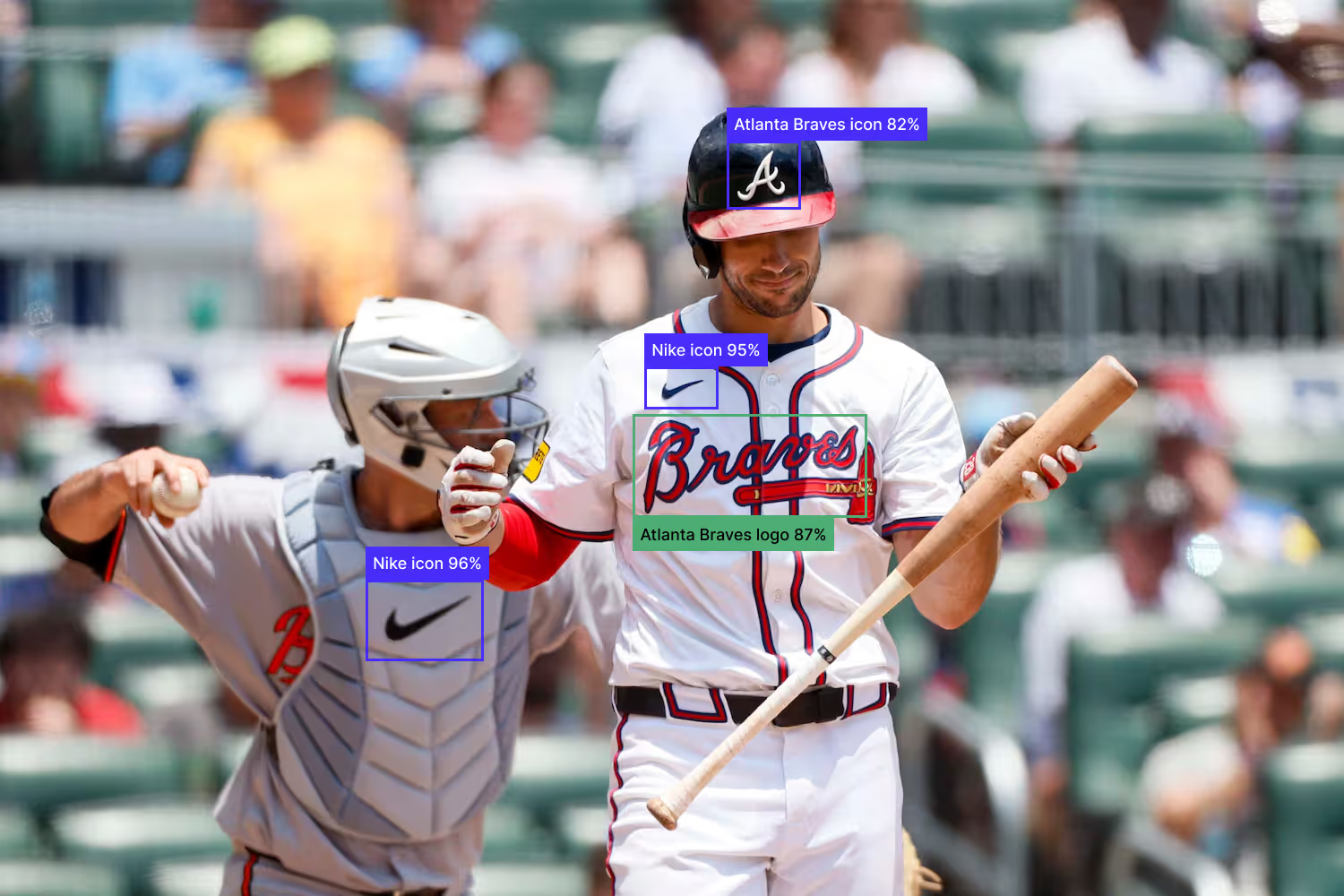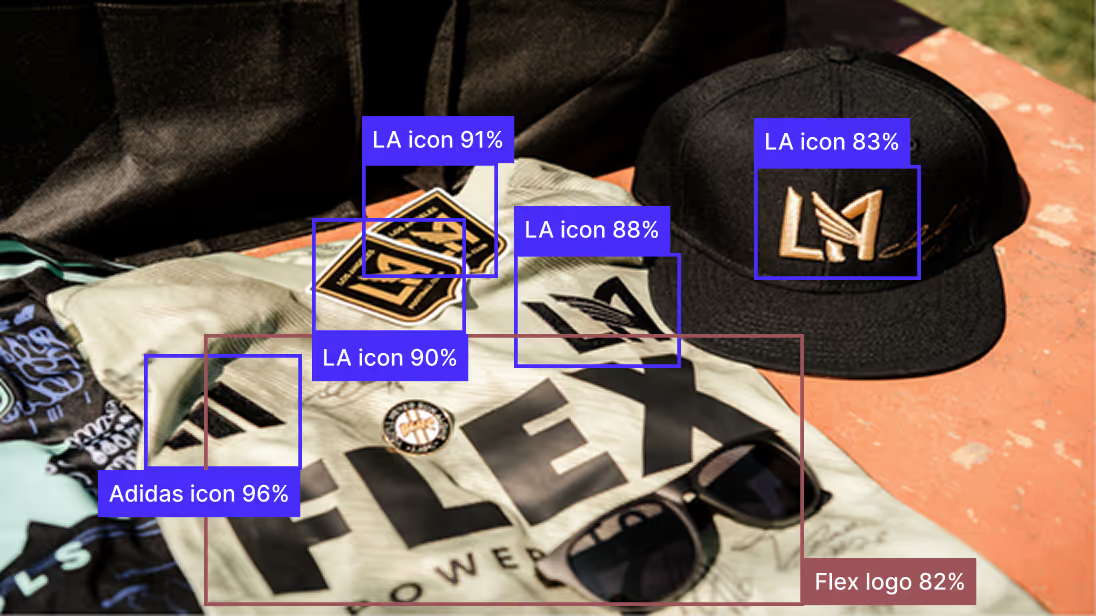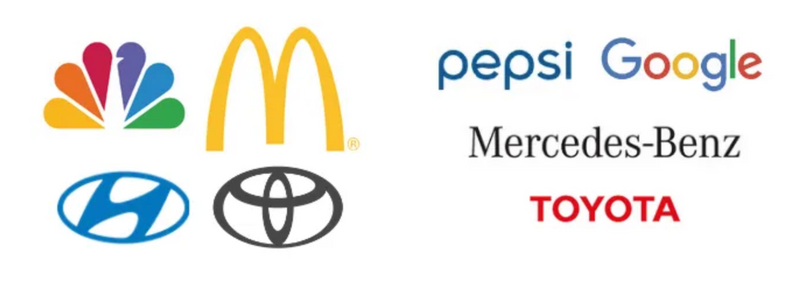

When a digital asset management company at full capacity needed to develop a key feature to detect logo systems on short notice, they partnered with us to build a custom AI pipeline capable of identifying brand presence in sports photography.
Here's how we built a production-ready system using state-of-the-art Vision models, OCR, and synthetic data, with measurable results in a short period.
We worked with a cloud-based digital asset management and content distribution platform, primarily used by more than 80.000 photographers and major institutions, including The Washington Post, NPR, and Sports Illustrated.

Our customer, with an internal ML engineering team at full capacity, needed to accelerate the development of a key feature for brand presence detection in images.
We stepped in to boost development throughput by owning the delivery of a key feature: brand presence detection in images.
Brand presence in sports photography shows up in many ways: jerseys, billboards, gear, or subtle design elements. After analyzing the client’s data and use cases, we identified two key categories for detection:
Logos: Text-based brand marks, typically showing the brand name.
Icons: Stylized visuals with little or no text, often just shapes or symbols.
This distinction led us to design a dual-path detection system: one using OCR and fuzzy matching for logos, and another using visual similarity with deep embeddings for icons.

For icons, we trained a Siamese Neural Network with contrastive learning to detect visual similarity across 263 brands. This allowed fast generalization, even with limited labeled data.
For logos, OCR and fuzzy matching helped identify brand names under imperfect conditions.
To boost results despite limited training data, we generated synthetic images, enriching the dataset and improving accuracy without heavy manual labeling.
We chose DETR for icon and logo detection because of its strong ability to understand global context and object relationships within an image. Logos are often small or embedded in noisy background scenarios where traditional CNN-based detectors like YOLO or Faster R-CNN tend to struggle.
DETR’s transformer architecture allows it to reason over the entire image and better separate overlapping or ambiguous elements. It also captures spatial relationships for logos, improving robustness in real-world scenes.
Another reason is its efficiency in low-data settings.
Fine-tuning a pre-trained model on a small, labeled logo dataset yields strong results, making it a practical solution without needing thousands of training samples.

.avif)
For icons without text, we developed a Siamese Neural Network trained to recognize visual similarity between brand icons. This architecture is particularly well-suited for handling new or less common brands, as it can generalize from just a few reference images without requiring large amounts of labeled data.
The Icons are processed through the AI model, which generates an embedding vector that captures the visual features of the icon.
In parallel, to determine the identity of a detected icon, we compute its distance to all reference embeddings and select the closest match.
To ensure that icons from the same brand are grouped in the feature space, we trained this model using contrastive learning with a triplet loss function, ensuring that icons from the same brand are clustered together, while those from different brands remain separated.
In addition to our customer's dataset, we use “Logos in the wild” to have a large dataset.
The system reached nearly 80% recall of the targeted logos/icons in the test dataset. Each image included a primary target brand, even if others appeared; only one was considered the main brand.
The objective was to detect at least one instance to consider the prediction correct.
While there was room for improvement, the key result was delivering a ready-to-deploy brand detection pipeline in just 10 sprints.
Our work helped the client quickly enhance brand recognition in images and continue creating value for their sports clients by tracking brand exposure, a key metric for sponsor reporting.


